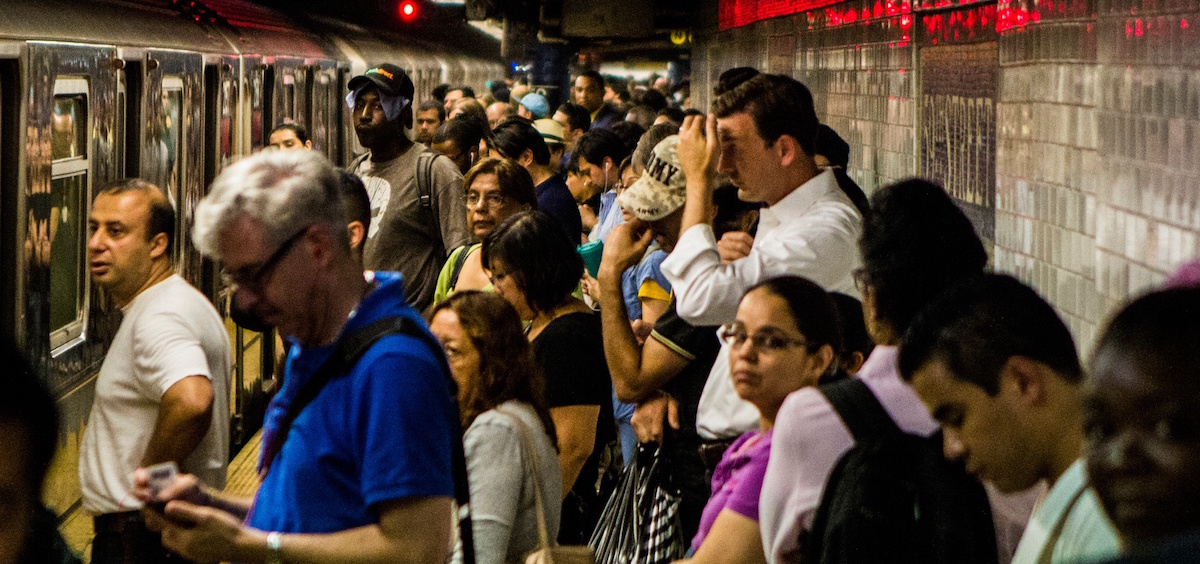We wanted to take a high level view of the system by examining where residents in the Greater Toronto Area tend to rely on public transit the most. Using data from the 2011 National Household Survey, we sliced up the city into census tracts, and mapped what percentage of employed residents in each area use public transit as their main mode of transport to get between home and work.
But there are some surprises, too. Some tracts with incredibly high public transit usage rates are nowhere near any rail line, be it metro or commuter. Residents along the notoriously crowded 36 Finch bus line — which passes through dark red areas near Bathurst and Finch, and Jane and Finch — or the 32 Eglinton bus, have long been at the mercy of the city’s glacial pace of transit progress.
Methodology
Statistics Canada collects public transit usage data for employed residents over the age of 15. Public transit must be a resident’s main mode of transport to travel between home and work to count, as opposed to walking, cycling, driving, etc. Census tracts represent the most granular slicing of a city that Statistics Canada looks at, and typically represents an area with between 2,500 and 8,000 residents.
Don’t miss our newest stories! Follow The 10 and 3 on Facebook or Twitter for the latest made-in-Canada maps and visualizations.
